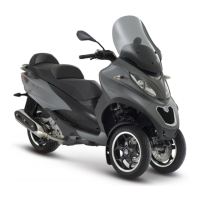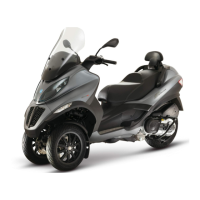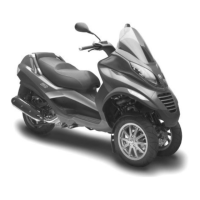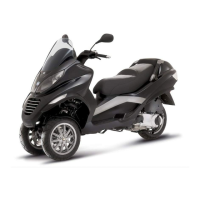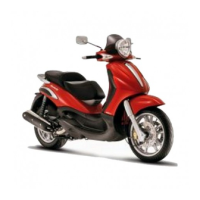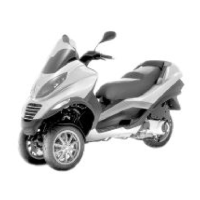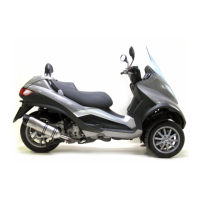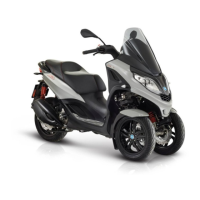Although the amount of hydrocarbons coming from the tank is small enough to avoid the saturation of
the canister, it is necessary to regenerate the activated carbon by means of a reversed flow of ambient
air sucked by the engine.
These vacuums of pollution and carbon regeneration take place at each cycle of use of the vehicle.
To control the canister, it is necessary to proceed
with its removal while keeping the 2 pipes connec-
ted.
•
Shake the Canister and make sure
there is no noise.
•
Using a compressed air gun, blow al-
ternately in 3 ducts and make sure that
pressure does not build inside the can-
ister.
•
Check that the air flow is kept free and
that no carbon residues escape out of
any pipe.
If you detect noise, clogging or loss of carbon, re-
place the canister.
Safety valve check
The cleaning of the canister is achieved via a controlled flow of air from the vacuum socket in the intake
manifold.
To ensure that the engine works properly, it is necessary that the flow of air is not too intense, this is
achieved by means of a restricted section 0.0354in (0.9 mm) formed in the socket on the intake manifold.
The relative connecting pipe with the canister, includes the installation of the safety valve.
This is a one-way valve which ensures the passage of air in the direction of the manifold when the
control vacuum is greater than 2.9PSI (20kPa) (200mbar).
The vacuum of the engine at idle, causes a slight flow of air easily compensated by the idle speed
adjustment parameters.
When the vehicle is stopped, the safety valve will be closed due to the lack of control vacuum therefore,
any expansion of the fuel tank, will not cause pollution of the intake manifold, and then cause flooding
of the engine.
Maintenance MP3 500 i.e. SPORT Business_LT_ ABS-ASR_EU_USA
(2015)
MAIN - 50
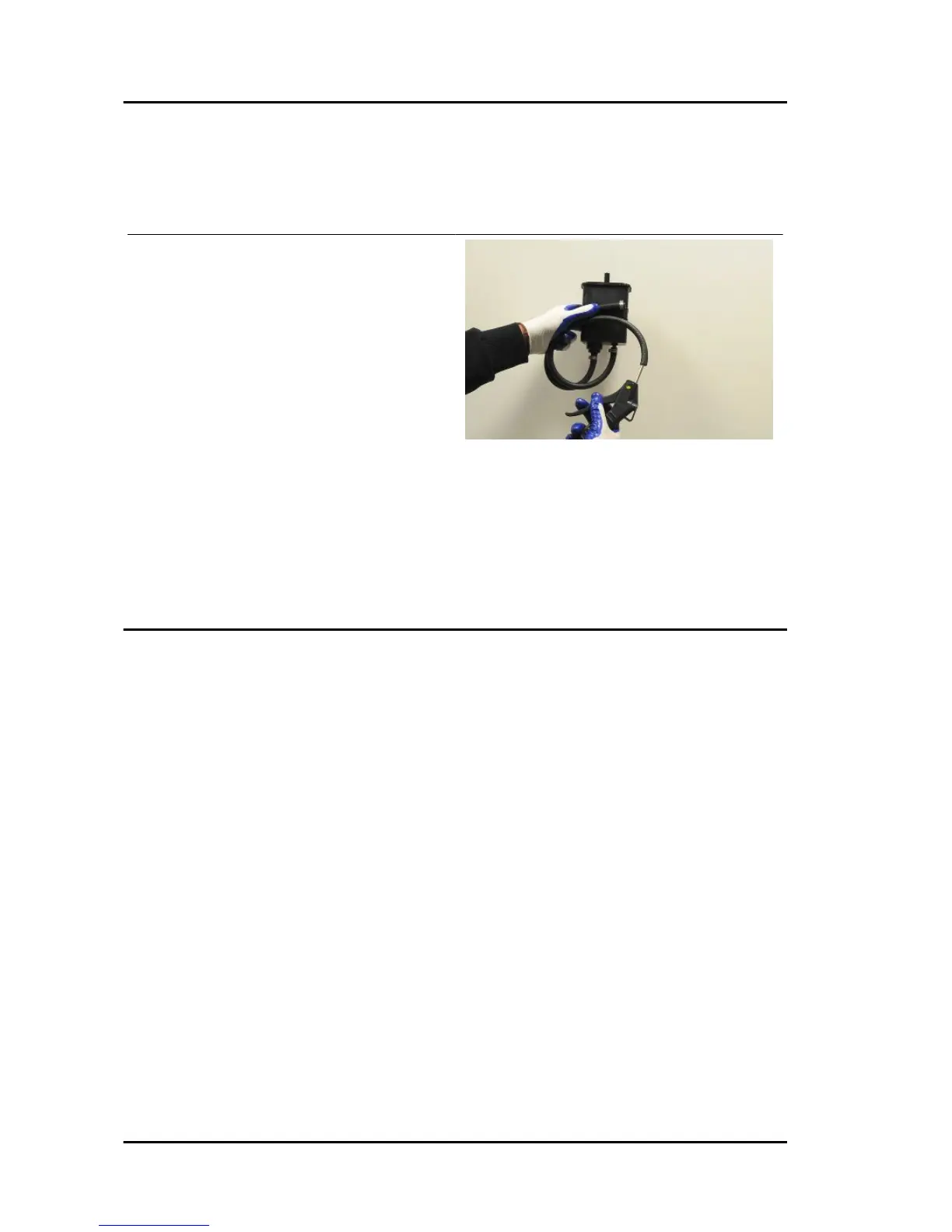